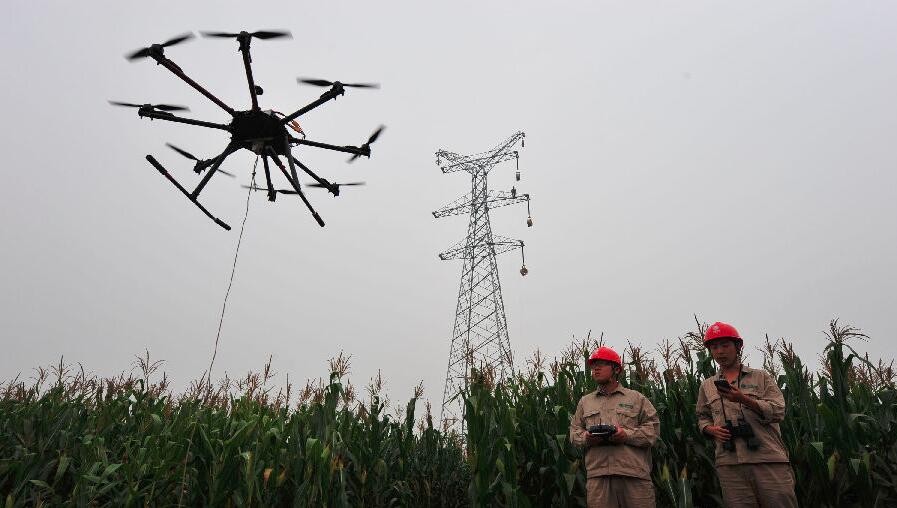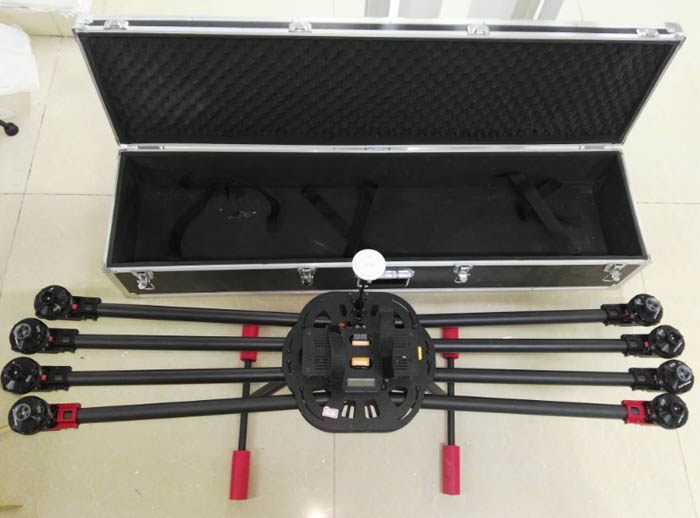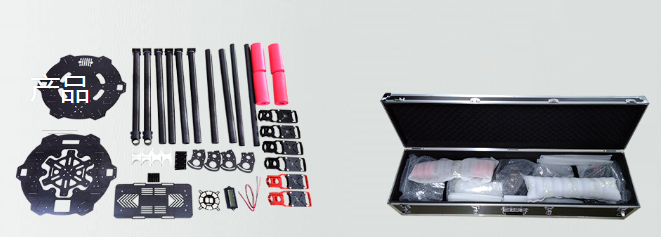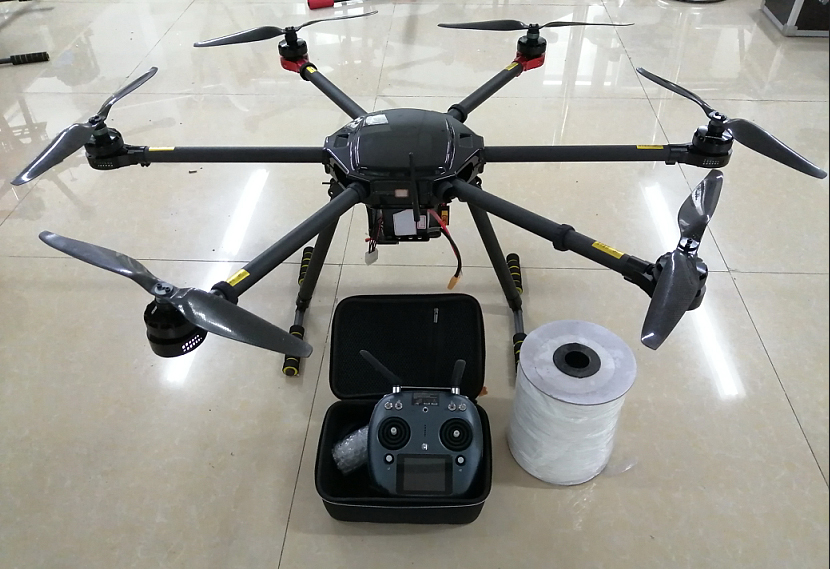The economics of power line drone application

The number of power grid companies' projects and investment continues to increase, and the deployment of UAV guide ropes is widely used in the erection of electric power construction wires. This article will start with the development of the application status of UAV technology at home and abroad, summarize and summarize the technical characteristics and application scope of the unmanned aerial vehicle deployment guide rope, and discuss the UAV from the aspects of terrain and geomorphology, voltage level and crossing situation. A comparative analysis of the cost of wire and manual wire is carried out to study its economy and applicability.
1 Status of UAV Technology Application
With the rapid development of high-end science and technology, the application of drone technology has gradually involved various fields. In the power industry, the application of drone deployment guide rope technology has become more and more common, improving the efficiency of power wiring and reducing operating costs.
2 Unfolding guide rope technology
The launching of the guide rope by the drone is the pre-order work of the power line. The drone exhibition is technologically advanced in terms of safety, operability, stability, and ergonomics. It is a major development of the guide rope in the future. Trend, and the low operating cost of UAVs, without the need for pilots, minimize the safety risk of using manual deployment guide rope. The multi-axis drones that have emerged in recent years are well-suited to the deployment of the guide rope technology. They have the nature of a helicopter, which can hover in the air, take off and land on the ground, and require very little space, and even in the harsh geological environment. The environment does not affect the operation of the drone.

3 Economic analysis
3.1 Analysis of topography
(1) Hilly areas and mountainous terrain: In the case of no construction site cleaning fees under the line channel, for example, the use of artificial guide ropes in planned public power transmission corridors, desert areas, and unmanned areas in suburban areas is more The cost of unmanned aerial vehicle deployment guide rope is low, and the economy of unmanned aerial vehicle deployment guide rope is not as good as manual deployment of the guide rope method. In the case that there is a construction site cleaning fee under the line channel, the economics of using the UAV guide rope method is higher than that of the manual deployment guide rope method.
(2) High mountain and high mountain terrain: In the high mountain and high mountain area, the forest vegetation is generally good. The use of drones to deploy the guide rope can greatly reduce the amount and cost of channel cleaning works, and effectively reduce the main body engineering in the exhibition stage Cost, reduce the cost of material transportation, improve work efficiency, increase the scale advantage of tension pay-off, and have good economic efficiency.
3.2 Analysis by voltage level The cost of unmanned aerial vehicle deployment guide rope mainly has two aspects:
①The drone rental fee, the lease fee and the wireless relationship of the voltage level, with the rapid development of drone technology in recent years, the cost of the rental fee has been decreasing year by year;
②The construction unit cooperates with the unmanned aerial vehicle to deploy the guide rope construction fee, and the construction fee increases with the increase of the voltage level. Table 1 shows the cost per kilometer of UAV wiring with different voltage levels and manual deployment guide ropes in the survey.
3.3 Analysis of the crossing situation
When the UAV crosses over power lines, highways, high-speed railways, and rivers, the length of the crossing erection is very short, and the cost difference between the UAV deployment guide rope and the human deployment guide rope is not large, and both Need to make relevant leapfrogging measures. As the UAV deployment guide rope has significant advantages in technical reliability and work efficiency, it can complete work tasks safely and reliably, and can shorten the construction period. When crossing a river, it avoids the trouble caused by air closure. Good social benefits.
Table 1 Comparison of the cost per kilometer of the two wiring methods under different voltage levels
3.4 Analysis of the rental fee and the company's own situation Research shows that the cost of the drone is higher than the rental cost, with an average of 490 yuan/km. Currently, electric power companies still have their own drones. The main reasons are:
① The unmanned aerial vehicle deployment guide rope has technically advanced features, especially in terms of crossing high-speed rail, non-stop work, etc., and the safety and reliability of the maintenance work are relatively strong. Some difficult construction operations require technical reliability and safety. Highly guaranteed implementation by its own team;
② The self-owned drone deployment team is retained in the power transmission and transformation engineering company, which is conducive to professional management, which reduces the process for subsequent wire tension deployment, reduces the work intensity, and makes the process connection smoother.

4 Conclusion
(1) The application of drone technology can minimize the damage to the natural environment and compensation for young crops, save costs, and effectively reduce the impact of construction and wiring on the surrounding environment.
(2) The unmanned aerial vehicle deployment guide rope has good economic benefits and plays a positive role in reducing the project cost. In each stage of the project construction, the method of deployment of the guide rope should be reasonably selected in accordance with the laws of economic conditions.
FLD-101 Power line string drone

 PREVIOUS:Amazon launches a $250 home security drone
NEXT:How to choose propellers for drone?
PREVIOUS:Amazon launches a $250 home security drone
NEXT:How to choose propellers for drone?




PREVIOUS:Amazon launches a $250 home security drone
NEXT:How to choose propellers for drone?